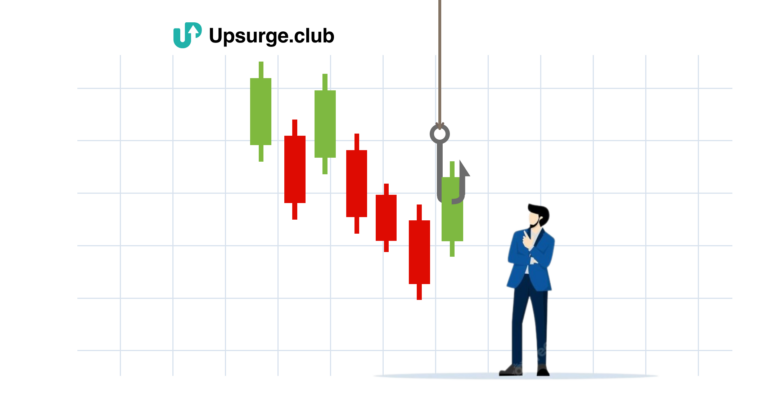As an avid trader, you must have explored various trading strategies to capitalize on market opportunities. One strategy that often sparks curiosity among traders is scalping. Scalping is a trading technique that involves taking multiple small profits on small price changes throughout the trading day. Let’s figure out in this blog if Scalping is riskier than other trading strategies or not! We will also delve evaluate its risk factors compared to different trading strategies. By understanding the risks, you can make informed decisions and determine if scalping aligns with your trading goals and risk tolerance.
Understanding Scalping Trading
Scalping is a short-term trading strategy that aims to capitalize on quick price movements in the market. Traders who employ scalping techniques typically hold positions for a few seconds to a few minutes, seeking to profit from small price differentials. This strategy requires precision, quick decision-making, and efficient trade execution.

Source: Investopedia
Advantages of Scalping
Scalping offers several potential advantages that attract traders:
1. Quick Profit Opportunities
Scalping allows you to take advantage of rapid price movements, generating potential profits within a short period. By executing multiple trades throughout the day, scalpers aim to accumulate small gains that can add up over time.
2. Reduced Exposure to Overnight Risks
Scalping involves closing positions before the trading day ends, reducing exposure to overnight market risks. This can benefit traders who prefer to avoid uncertainties associated with after-hours trading or overnight news events that can significantly impact prices.
3. Flexibility in Market Conditions
Scalping can be applied in various market conditions. Whether the market is trending, range-bound, or experiencing high volatility, there are opportunities for scalpers to capitalize on short-term price fluctuations.
Challenges and Risks of Scalping
While scalping offers potential benefits, it also comes with certain challenges and risks:
1. Transaction Costs
Scalping involves executing numerous trades, which can result in higher transaction costs. The frequency of trades combined with spreads, commissions, and slippage can eat into profits. Traders must carefully consider the impact of transaction costs on their overall profitability.
2. Intense Focus and Time Commitment
Scalping requires intense focus and dedication. You must closely monitor the market, analyze price movements, and execute trades swiftly. This constant attention to the screen can be mentally and physically demanding, making it unsuitable for all traders.
3. Market Noise and False Signals
Intraday price movements can be erratic, resulting in market noise and false signals. Scalpers need to filter out the noise and accurately identify genuine trading opportunities. This requires a thorough understanding of technical analysis, indicators, and pattern recognition.
4. Emotional and Psychological Stress
Scalping can be emotionally challenging due to the rapid pace of trading and the pressure to make split-second decisions. You must be disciplined, manage your emotions, and avoid impulsive actions leading to costly mistakes.
Is Scalping Riskier Than Other Trading Strategies?
It’s important to note that the riskiness of a trading strategy depends on various factors, including the trader’s skills, risk management approach, and market conditions. While scalping does carry certain risks, it is not inherently riskier than other trading strategies. The key lies in understanding and mitigating the risks involved.
If you are engaging in scalping you must develop a robust trading plan, implement strict risk management strategies, and maintain discipline. This includes setting appropriate stop-loss orders, defining profit targets, and avoiding excessive leverage. Additionally, continuous learning, practice, and refining trading skills are essential for success in scalping.
Conclusion
Scalping can be a rewarding trading strategy for those who are well-prepared, disciplined, and able to handle the demands it imposes. It offers quick profit opportunities and reduced exposure to overnight risks. However, it presents challenges like transaction costs, intense focus, and market noise. To succeed in scalping, you must approach it cautiously, acquire the necessary skills, and develop a comprehensive risk management plan.
If you’re interested in learning more about the basics of scalping trading, consider enrolling in Upsurge.club’s course on the Basics of Scalping Trading. Our course is designed to provide you with the knowledge and techniques to effectively implement scalping strategies and navigate the complexities of short-term trading. Start your journey toward mastering scalping today!



